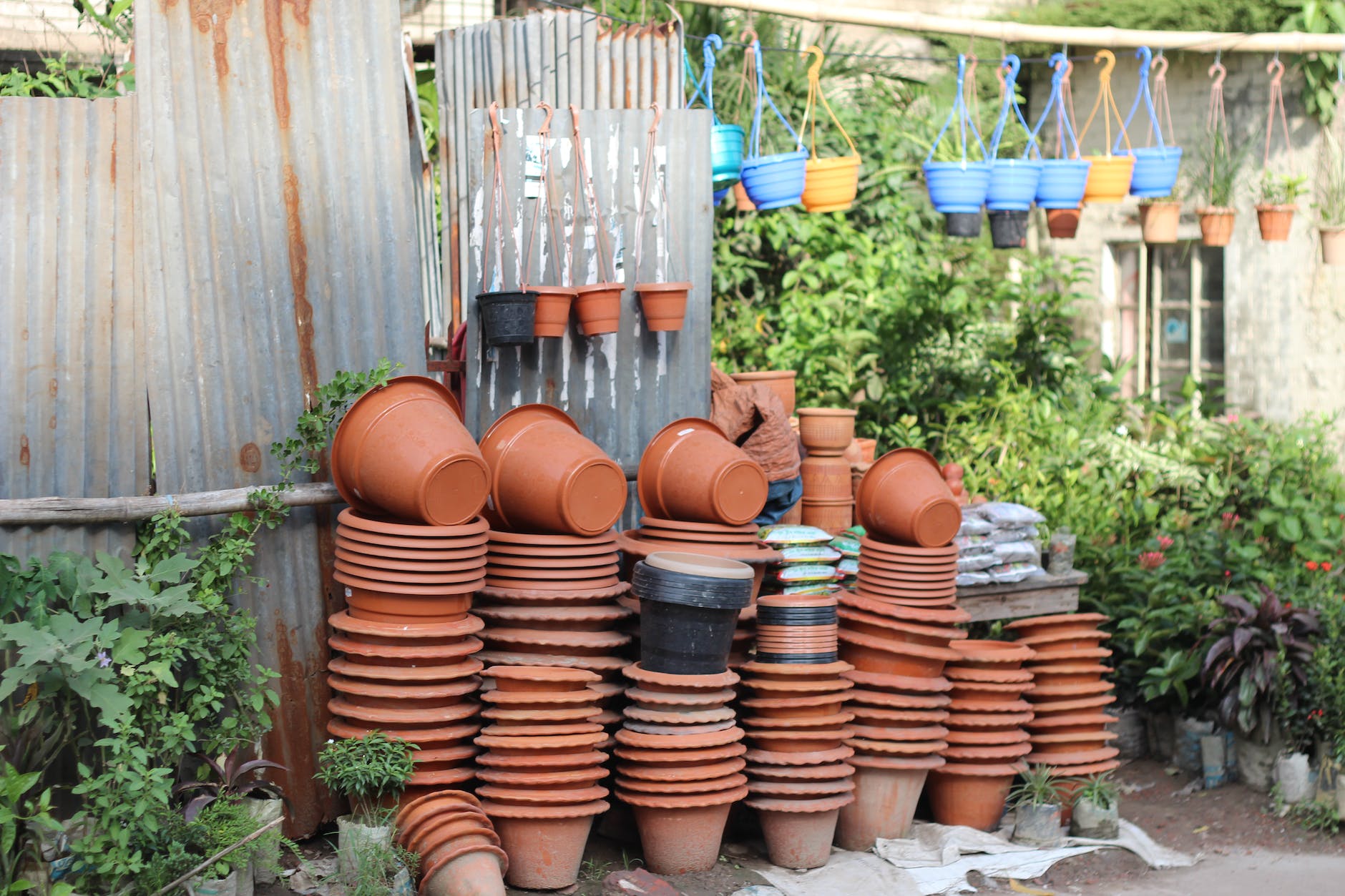The Restorative Wonders of Clay: Discovering Pottery’s Therapeutic Qualities
Beyond artistry alone, interacting with clay’s malleable responsiveness provides natural stress relief through engaging focused senses and mindful presence often neglected in hurried modern life. Studying the well-documented mental, emotional, and physical health benefits derived from therapeutic pottery practice reveals its versatile virtues.
Cultivating Mindfulness and Inner Peace
Centering clay on the wheel develops meditative concentration by silencing inner distraction within the gradual present-moment process guided by responsive touch. Kneading clay to soften and align fibers soothes minds through repetitive mantra-like motions and sensory richness. Pottery practice calms minds immersed creatively in forming vessels by hand.
Releasing Emotions through Constructive Action
In some therapies, clientsrelease painful feelings by vigorously manipulating and pounding clay without inhibition. The medium safely absorbs anger, anxiety, and grief into itself. Visibly reforming struggles into something malleable provides symbolic cathartic release while supporting self-acceptance and agency.
Building Self-Esteem and Confidence
There exists no failing with clay, only learning and doing. Witnessing the incremental manifestation of imaginative projects through perseverant hands instills enormous pride and self-assurance by proving one’s inherent creative abilities via skill development. What the mind envisions, persistent hands can bring into reality through time and care.
Fostering Community Support and Belonging
Shared studio spaces nurture inclusive social connections through communal artmaking activities. Laughter, problem-solving together, and witnessing mutual growth fosters uplifting friendships organically arising through collaborative creativity. In togetherness, healing happens. Creative bonds anchor mental wellness.
Developing Physical Strength, Flexibility, and Coordination
The motions of wedging clay, throwing vessels, lifting wet wares, and handbuilding sculpture increase muscular strength, joint flexibility, and motor coordination through full upper body engagement. Physically engaging art promotes mobility and capability valuable for managing conditions like arthritis or injury recovery.
Stimulating Neurological Health and Cognitive Skills
Research verifies pottery’s benefits for maintaining cognitive capabilities and reducing risk of neurodegenerative decline through engaging multisensory stimulation, eye-hand coordination, creative thinking, non-verbal expression, spatial reasoning, and focus cultivation. Therapeutic programs aid those affected by dementia, Alzheimer’s disease, or stroke.
Flow States of Absorption
During deep creative absorption, awareness fills completely with the sensory now free of analysis. Worry’s endless mental loops quiet into fluid concentration. Medically termed “flow state”, this immersed calm provides therapeutic relief through liberating creative action. Time slows. Meaning gets shaped mindfully through centered hands.
The American Art Therapy Association and medical institutions recognize pottery’s measurable positive impacts on well-being. Guided sensitively, clay work unlocks sustaining inner peace and personal discovery through centering mind-body presence. Turning inward to shape meaning from earth awakens essential perspectives and wholeness.
